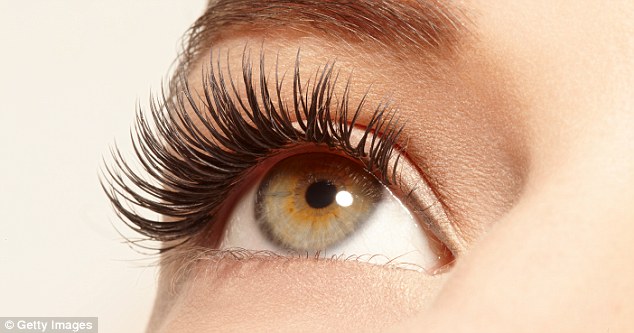Artificial intelligence is about to get a lot better at working out human behavior.
Researchers have revealed an AI the can predict your personality just by looking at your eyes, according to Daily Mail.
Researchers say minute movements give away four of the Big Five personality traits: neuroticism, extroversion, agreeableness, and conscientiousness.
The team say the work could revolutionise how we communicate with machines.
‘There’s certainly the potential for these findings to improve human-machine interactions,’ University of South Australia researchers Dr Tobias Loetscher said.
‘People are always looking for improved, personalised services.
‘However, today’s robots and computers are not socially aware, so they cannot adapt to non-verbal cues.
‘This research provides opportunities to develop robots and computers so that they can become more natural, and better at interpreting human social signals.’
Researchers tracked the eye movements of 42 participants as they undertook everyday tasks around a university campus, and subsequently assessed their personality traits using questionnaires.
Dr Loetscher says the findings also provide an important bridge between tightly controlled laboratory studies and the study of natural eye movements in real-world environments.
‘This research has tracked and measured the visual behaviour of people going about their everyday tasks, providing more natural responses than if they were in a lab.
‘And thanks to our machine-learning approach, we not only validate the role of personality in explaining eye movement in everyday life, but also reveal new eye movement characteristics as predictors of personality traits.’
‘Personality traits characterise an individual’s patterns of behaviour, thinking, and feeling’.
‘Studies reporting relationships between personality traits and eye movements suggest that people with similar traits tend to move their eyes in similar ways.’
Researchers found that people who were neurotic usually blinked faster while people who were open to new experiences moved their eyes more from side-to-side.
People who had high levels of conscientiousness had greater fluctuations in their pupil size.
Optimists spent less time looking at negative emotional stimuli (such as image of skin cancer) than people who were pessimistic.
N.H.Kh

